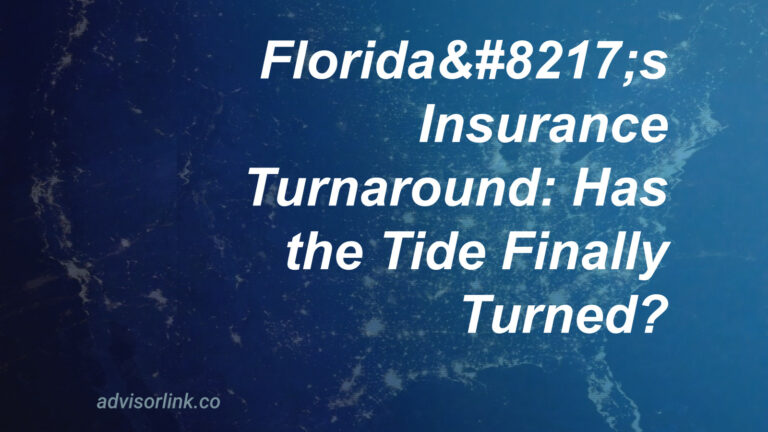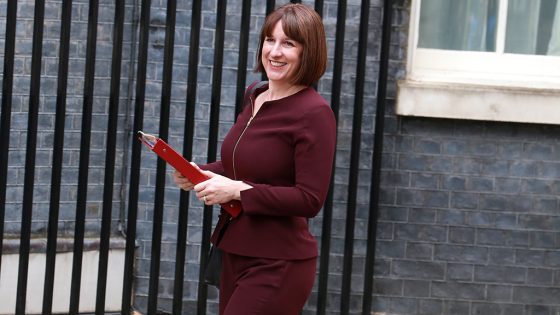The Storm at Home: Florida’s Insurance Crisis Leaves Homeowners High and Dry
The Storm at Home: Florida’s Insurance Crisis Leaves Homeowners High and Dry
Is the American dream becoming unattainable in the Sunshine State? That question haunts thousands of Florida homeowners who face a perfect storm in the property insurance market. Rising premiums, mass policy cancellations, and insurance companies fleeing the state have created what many call a full-blown crisis. For Florida families and small business owners, the cost of protecting their most valuable asset—their home—has become as unpredictable as the hurricane season itself.
What forces created this insurance catastrophe?
Is Florida’s geography to blame? Partly. The peninsula state juts into hurricane-prone waters on three sides. Hurricane Ian alone caused over $60 billion in insured losses when it slammed into the southwest coast in 2022. Mother Nature doesn’t offer discounts for waterfront views.
But weather tells only part of the story. Litigation costs have soared like a rocket at Cape Canaveral. The numbers tell the tale: Florida accounts for just 9% of all homeowners insurance claims nationwide but represents a whopping 79% of all homeowners insurance lawsuits. The math doesn’t add up, except to lawyers’ bank accounts.
Roofing schemes particularly plague the system. Contractors knock on doors after storms, promise “free roofs” through insurance claims, and then sue if carriers deny questionable claims. This practice, once standard operating procedure, has drained insurers’ reserves faster than a Florida downpour floods storm drains.
Tasha Carter, Florida’s Insurance Consumer Advocate, puts it plainly: “The consequences for homeowners have been dire. Many Floridians can no longer afford their homeowners insurance, and others cannot find coverage at all.”
How bad is the financial bleeding?
Is there a bottom to this money pit? Not yet. Mark Friedlander, Director of Corporate Communications at the Insurance Information Institute, reports that Florida’s insurance industry suffered a cumulative underwriting loss of $1.7 billion in 2021, with litigation expenses taking a massive bite. The industry has seen net underwriting losses exceeding $1 billion for two consecutive years.
The industry operates on simple arithmetic. When costs exceed income, companies fail. Six Florida insurers declared insolvency in 2022 alone. Others simply stopped writing new policies or fled the state entirely. The exodus left Citizens Property Insurance Corporation—the state-backed insurer of last resort—bursting at the seams with policies it was never designed to handle.
Can Tallahassee fix what’s broken?
Is help on the way? Governor Ron DeSantis signed insurance reform bills in 2022 and again in 2023, aiming to stabilize the market. The legislation tackled two major issues: it banned assignment of benefits (AOB) agreements that allowed contractors to directly bill insurers and eliminated the one-way attorney fee system that critics say encouraged excessive litigation.
“These reforms represent the most significant changes to Florida’s property insurance market in decades,” said a spokesperson for the Florida Office of Insurance Regulation. “But market stability won’t happen overnight.”
Like turning a battleship, the insurance market responds slowly to course corrections. While new laws may stem the bleeding, many experts question whether they arrived soon enough to save patients already on life support.
Why are conditions still deteriorating?
Is the worst behind us? Not by a country mile. Despite legislative action, insurance companies continue tightening their underwriting criteria—refusing homes with older roofs, limiting coverage in coastal areas, and implementing strict inspection requirements.
Large-scale policy cancellations continue to rock communities across Florida. When insurers go belly-up, the Florida Insurance Guaranty Association (FIGA) steps in to pay claims, but that safety net has limits and comes with its own costs passed on to remaining policyholders.
Consumers face a shrinking list of options and prices that would make anyone’s eyes water. The average Florida homeowner now pays nearly $6,000 annually for property insurance—almost three times the national average—and in some coastal counties, that figure soars past $10,000.
How are everyday Floridians coping?
Is there a human cost to this crisis? You bet your boots there is. Meet James and Maria Sanchez of Cape Coral. Their premium jumped from $2,800 to $9,200 in a single year after Hurricane Ian. “We’ve lived here twenty years,” James told me. “Now we’re considering selling and moving inland—maybe out of state entirely.”
Or take Sarah Johnson, who runs a small bakery in Sarasota. Her commercial property insurance has more than doubled. “I either raise my prices and risk losing customers, or absorb costs and risk losing my business,” she explained, kneading dough with flour-covered hands. “There’s no good choice.”
For retirees on fixed incomes, these increases mean painful decisions between insurance protection and other necessities like medicine or groceries. Young families struggle to qualify for mortgages when insurance costs push debt-to-income ratios beyond lending guidelines.
Small business owners find their profit margins squeezed between rising rents, labor costs, and now, insurance premiums that eat what little might remain.
What’s a homeowner to do?
Is protection still possible? Yes, but it requires vigilance. Homeowners must stay alert to policy renewal notices, which might arrive with substantial changes in coverage or costs. Many Floridians report receiving cancellation notices just days before hurricane season begins, leaving them scrambling for alternatives during the most vulnerable time of year.
Some homeowners are taking matters into their own hands, investing in hurricane mitigation features like impact windows, reinforced garage doors, and improved roof attachments. These upgrades can qualify for insurance discounts, though the initial investment remains substantial.
Others join the growing ranks of the “self-insured”—those who pay off mortgages to avoid lender-required coverage, then set aside money for potential damages rather than paying premiums. It’s a calculated risk that more Floridians feel forced to take.
The insurance crisis doesn’t play favorites. From mobile homes to mansions, the storm clouds gather over all. But as in any storm, preparation matters. Understanding policy language, documenting home conditions, and exploring all coverage options might not calm the winds, but could help weather them.
This is a story without a satisfying ending—at least not yet. Florida’s insurance market continues its turbulent journey through uncharted waters. For now, homeowners across the state check their mailboxes with trepidation, knowing the next letter from their insurance company could bring news that changes everything.
One thing remains certain: in Florida, sometimes the most dangerous storms aren’t the ones brewing over the Atlantic, but the financial tempests threatening the very foundation of home ownership itself.
Disclaimer: General Information & Accuracy
This blog provides general information and discussions about insurance and related subjects for informational purposes only. It is not intended as professional advice, including but not limited to financial, legal, or medical advice. We strive for accuracy, but laws, regulations, information, and best practices constantly evolve, and unintentional errors can occur. Therefore, we make no warranties about the completeness, accuracy, reliability, or suitability of the blog content. Always consult with a qualified professional for advice tailored to your specific situation. Any reliance you place on this information is strictly at your own risk.



